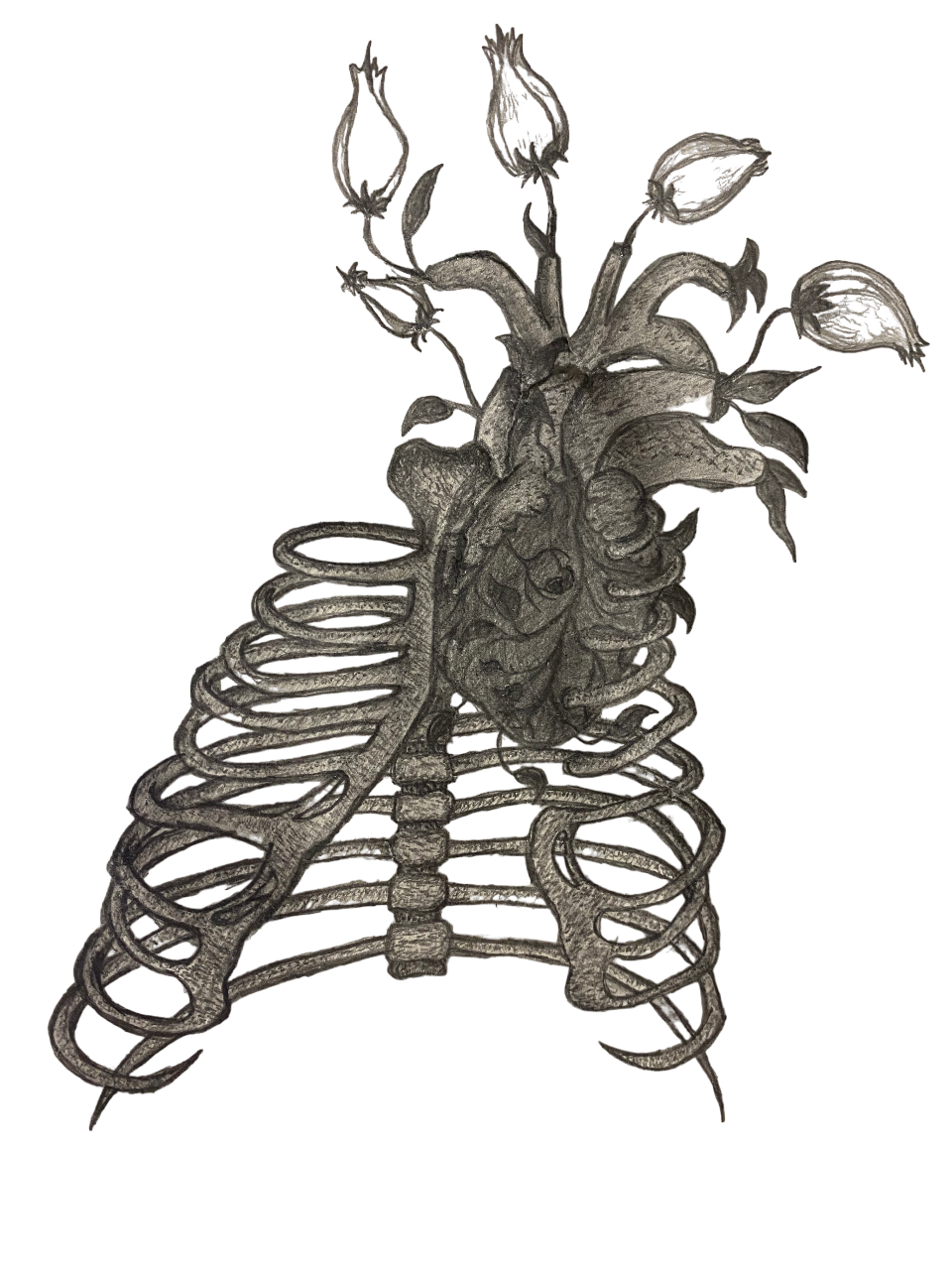Butterflies? In your tummy? You should probably get that checked out. Just kidding, you’re probably fine! Crushes happen, and it would certainly seem like most of the time they have nothing to do with science (and even our own logical reasoning). What do studies, history, and chemicals have to do with attraction anyway? You may guess, “Nothing.” But sadly, you’d be wrong. Yes, your metaphorical heart might have been through a lot when you first spotted your latest campus crush, but the same goes for your literal heart… and brain, and lungs, and honestly, everything else. Emotions are emotional, maybe even irrational, but there’s definitely a method to this madness, and a lot more to uncover beneath your kicks and giggles.
Let’s start from square one: Why does this happen? Why do our minds and bodies choose to react in such a way to some regular ol’ human when they’re literally just like everyone else? Well that’s the thing, they aren’t like everyone else – at least not to us. As you have probably heard time and time again in biology and maybe even a few social science classes: humans are social creatures. We crave connection and collaboration with others, and from an evolutionary perspective, it’s even a necessity. This inherent desire for connection is then coupled with, well, fiction. Crushes are usually birthed from our imaginations. You see someone cute, maybe you see them being polite to someone else, so you ascribe that characteristic to them: They’re kind. Next, maybe you hear them talk in class, so you attribute another characteristic to them: They’re smart. And so it continues, until you’ve formulated a character so full-fleshed and multi-dimensional that you could write a full-length feature film about them, using knowledge obtained from these surface-level observations and perceptions. Of course sometimes it’s not that deep, and you just think they’re cute. That works too.
Once these ideas are built up, the chemistry kicks in. Dopamine, dopamine, dopamine. It’s no surprise that the “happy chemical” plays a big role in our crushes. I mean, it plays a big role in motivation, mental focus, psychosis, and addiction, so it’s only relevant for dopamine to be in control of our romantic attractions. On sight (and even from mere thought) our crushes trigger neurotransmitters in our brains which release the happy chemical. It makes us giddy and excited. We find ourselves going out of our way to see them. We think about them non-stop. It makes sense; we want to feel good and they make us feel good. At the most basic level, they are a stimulus triggering a response. When you feel cold, you start to shiver. When you see your crush, you feel butterflies.
Physical attraction lies at the core of pretty much every crush, but what goes into that? What is it about a person’s appearance or essence that makes you stop and stare? First off, you should know that things like “appearance” and “essence” have only recently become a part of the attraction conversation. Way back in the day, it didn’t matter if you had found the most charming, intelligent and hilarious individual ever – quite frankly, that’s not what you’d be looking for. It was more so a question of which guy could throw the strongest punch. Thankfully, nowadays you probably would not want to be with a partner who was known especially for their punch-throwing ability. Instead, we take countless factors into account (both consciously and unconsciously) before we decide that someone is worth crushing on.
You might remember a time when showcasing symmetrical faces was trending on TikTok – yes, that was a truly dark time. Yet as ridiculous as it may sound, facial symmetry is actually one of the subconscious determiners of desirability. Research shows that things like facial symmetry, face structure, and hip-waist ratios have a significant impact on attraction and what we find attractive. We are somehow able to perceive the barely noticeable differences in these areas, and they end up being pretty strong determiners of who’s hot and who’s not.
Of course, the specifics of these attributes change a lot over time and vary from place to place. Today, our ideas surrounding desirability are influenced more and more by the media: social media, mass media, you name it. The idea of “toxic beauty standards” is not necessarily new to anyone. It would seem that the more we are exposed to the internet, movies and TV, the narrower our ideas of what counts as beauty become. When the same images are pushed upon you day after day, it’s pretty hard to not absorb the ideas they represent. Yet, surprisingly, a lot of the time we’re able to define our own beauty standards for ourselves, which only adds to the crush fun. Raise a hand if you’ve ever had a friend hesitate after showing them your crush. Now, raise a hand if you’ve ever hesitated when a friend showed you their crush. By now, you probably have both of your hands up.
Crushes are complicated. They’re an amalgamation of so many thoughts, feelings, emotions and ideas – it can get pretty overwhelming to think about it all. So maybe, don’t think about it all. Life is short and crushes can be pretty fun, it doesn’t need to be more complex than that. But just in case you are getting crushed by your crush, rest easy knowing that it’s all just chemicals and crazy impulses you couldn’t possibly control even if you wanted to. This too shall pass.
Ruth Ada Ayambem is a first-year Emerging Media major who thinks crushes are a splendid pastime. She can be reached at [email protected].
Art by Selkie Racela.

